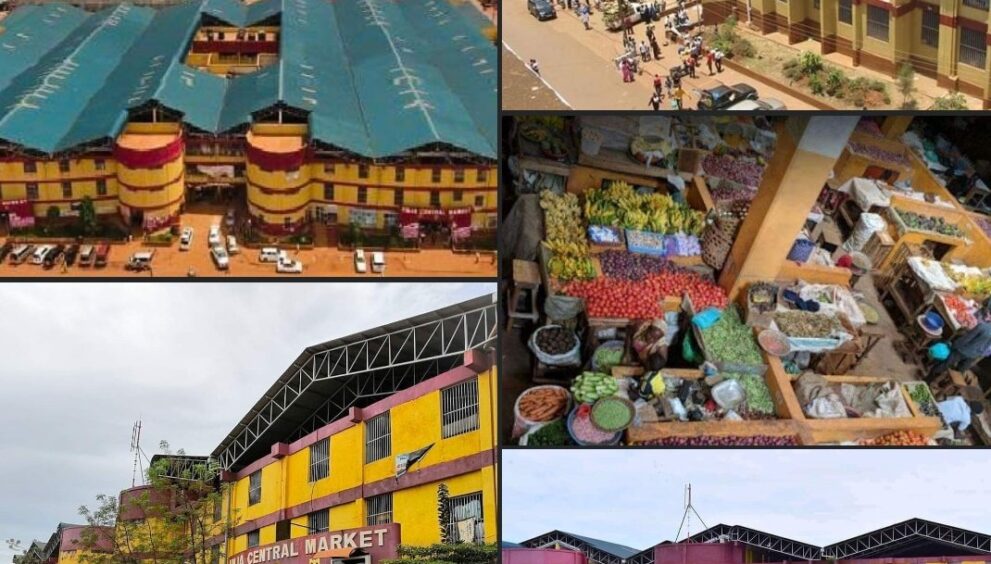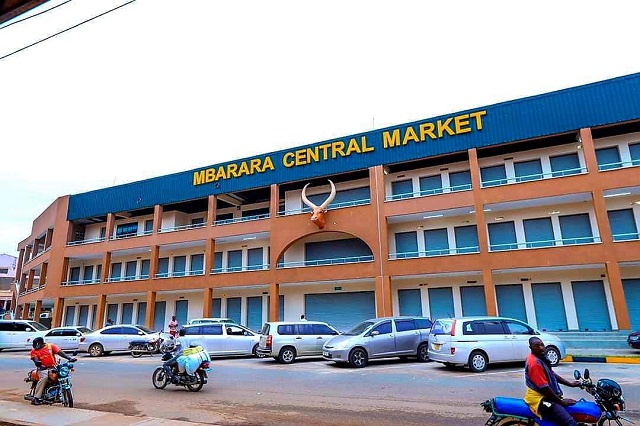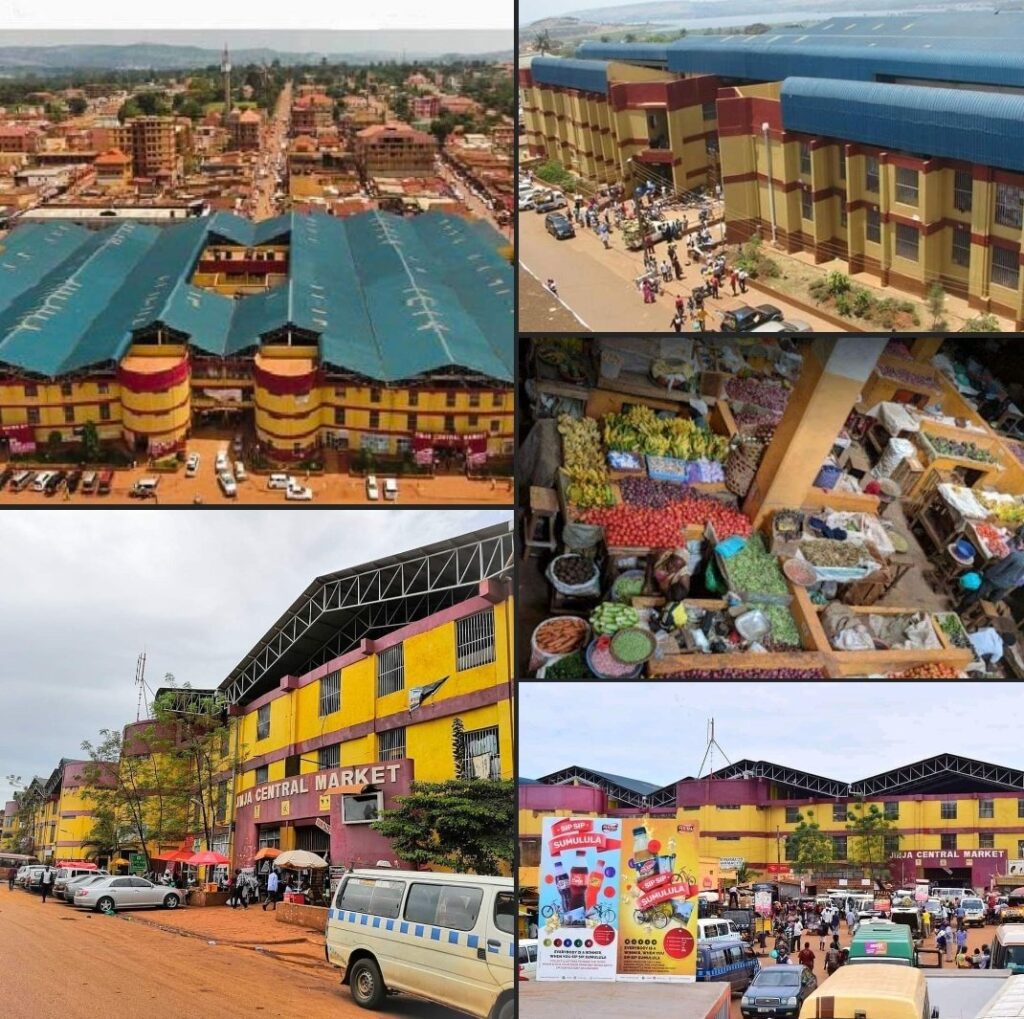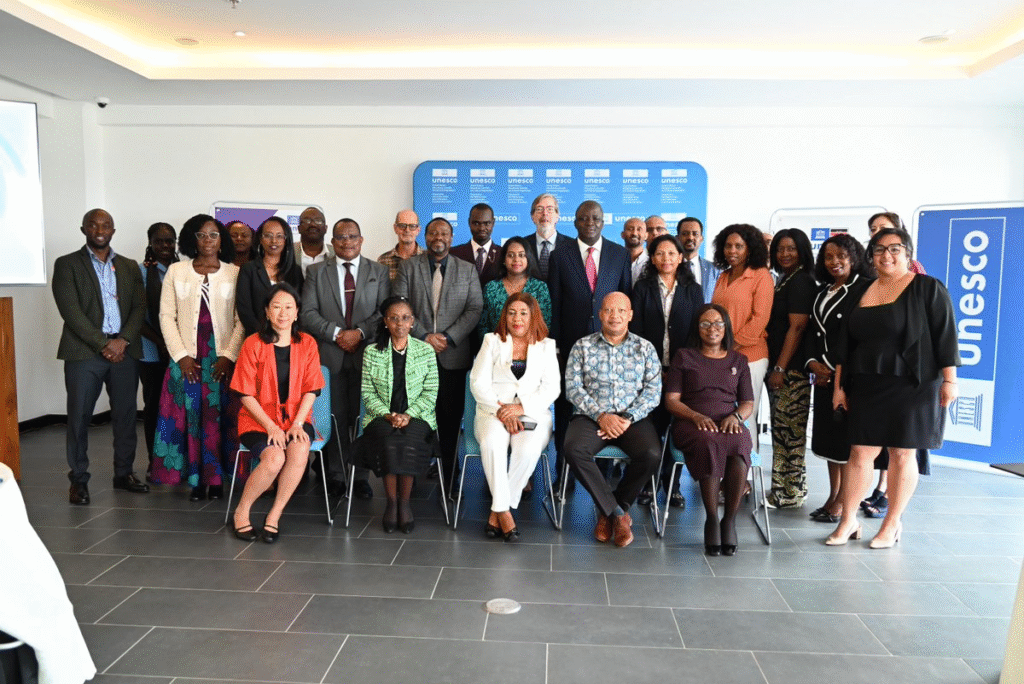Uganda’s New Markets Boosting the Economy

Uganda is a landlocked country located in East Africa with a population of over 40 million people. Agriculture is the backbone of Uganda’s economy, providing employment to over 70% of the population. With the growing population and increased demand for goods and services, the government has been implementing various strategies to boost economic growth. One of these strategies has been the construction of new markets across the country.
Over the past few years, Uganda has witnessed the construction of various markets, with some of the most significant ones being in Kampala, the capital city. These markets have provided a platform for traders to sell their products and services, thus boosting the economy. The markets have also provided employment opportunities for thousands of people, both directly and indirectly.
Busega Market is seen as one of the markets that could accommodate some vendors being chased from the streets of Kampala, KCCA intensified operations to get street vendors off the streets under its Smart City campaign intended to decongest the city and maintain order

Busega Central Market
In addition to the markets in Kampala, several other markets have been constructed across the country. One of these is the Mbale Central Market in eastern Uganda. The market sits on a 6-acre piece of land and has over 2,000 stalls. The market provides a platform for the sale of fresh produce, including fruits, vegetables, and meat, as well as other products such as clothing, electronics, and household items.

Mbale Central Market
Another market that has been constructed is the Mbarara market in western Uganda. The market sits on a 4-acre piece of land and has over 1,500 stalls. The market provides a platform for the sale of fresh produce, including fruits, vegetables, and meat, as well as other products such as clothing, electronics, and household items.

Courtesy Photo
Construction of a modern market in Kasese municipality was completed and the structure was facilitated by the government of Uganda with funding from the African Development Bank (ADB) under the Markets and Agricultural Improvement Project (MATIP). The market which cost 16 billion Shillings has with 311 lockups and 467 stalls. It will accommodate over 800 vendors. The market a provision for restaurants, children day care centre, a cold room for perishable items, a pharmacy, office space and a parking yard.

Kasese Central Market
The $13.7 million Jinja Central Market accommodates about 7000 vendors making it one of the biggest markets in Uganda. Many of these formerly used to operate in the old market which was constructed in early 1932. The market is vibrant with colourful clothings hanging in the clothing section, the food sections is ripe with fresh food, its a place where you will find different varieties of spices, fashion design, art and crafts.

Jinja Central Market

courtesy photo
In conclusion, the construction of new markets across Uganda has been a significant boost to the economy. The markets have provided a platform for the sale of fresh produce and other products, thus improving the living standards of many people. The markets have also provided employment opportunities for thousands of people, both directly and indirectly. With the continued construction of these markets, Uganda is poised to achieve even more economic growth in the years to come.







